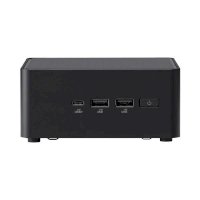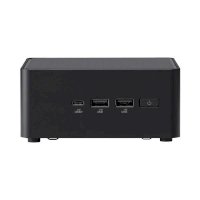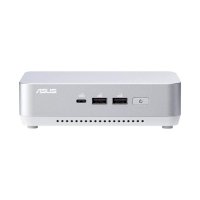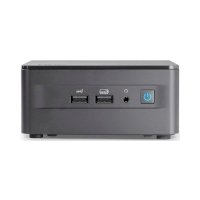What Is A Good Data Entry Speed?
Liên hệ
Uk
The modern world may be dependent on data, and it may appear as though that data is entirely digitised and processed by computers, but the reality is that a significant portion of the data entry industry is still dependent on the hands, eyes, and fingers of human beings who are known as Data Entry Operators. In virtually every data processing ecosystem, from the tiniest home businesses to the greatest multinational corporations, there is a group of human workers inputting the data at some point in the workflow. This is true even in the smallest home businesses. And every one of those persons has a Data Entry Speed that can be measured, and this speed has a direct bearing on the effectiveness and capability of the total data processing system that they are a part of.
Data Entry Speed is not only the most straightforward, straightforward, simply acquired, and digestible piece of information about an operator, but it is also the most crucial piece of information. As a direct consequence of this, a significant amount of emphasis is placed on speed, although precision remains just as vital. By skipping through errors and typos, even the slowest person can improve their raw speed. The accuracy of the content generated and the amount of time spent revising and correcting it are two factors that determine how effective a speed metric is. Given that precision is assumed, what is considered an acceptable speed? And what does the future hold for the industry of data entry service?
Traditional methods of data entry and their speeds
The term "data entry" can refer to a variety of tasks, such as the transcription of text, the reporting of court proceedings, or the input of values into a spreadsheet. In the past, the speed of data entry was typically described in terms of typing speed using a conventional QWERTY-style keyboard, and data entry speed was evaluated in terms of words per minute (WPM). People with measured WPMs as low as 50 might be regarded acceptable in some circumstances, but it is generally assumed that a professional typist should be able to type at a rate of roughly 80 words per minute on average to qualify for most professional occupations. This evaluation was normally carried out in a very straightforward manner, with the candidate being required to take a seat in front of a keyboard while being presented with a sample text whose word count was already established. After they had done typing, a straightforward method that involved dividing the total number of words by the amount of time was used to calculate the WPM.
The Race for First in Data Entry and Speed
The idea of "Data Entry Speed" has gotten more difficult to understand as a result of the advent of the modern era. The addition of 10-key pads to keyboards, commonly referred to as numeric keypads, has separated the process of entering numerical data from the process of entering text data. In addition, numeric data input has resulted in the development of a separate metric for calculating data entry speed, which is the number of keystrokes performed in one hour (KPH).
Because there is no need to give any thought to the meaning of the language or the layout of the text, numerical data entry using a 10-Key Pad is generally anticipated to be significantly quicker. The average competitive speed for numeric data entry is roughly 10,000 keystrokes per minute (KPH), although it can sometimes reach as high as 12,000 KPH. Text data entry operators are now expected to have speeds of approximately 7,000 KPH, as it is generally acknowledged that text elements slow down data entering in general. This is due to the fact that the KPH measure is becoming increasingly widespread.
The Prospects for Quicker Data Entry in the Future
These days, most data input is done by third-party providers, which have enormous pools of relatively low-paid operators at their disposal. Due to the fact that speed and accuracy are the only two measures that are regarded valuable, data entry is an important sector; nonetheless, it is a vocation that pays relatively poorly.
The gradual development of non-human alternatives by modern technology is another factor that contributes to pay stagnation in this sector. To date, OCR software still introduces too many errors, especially when working with damaged hardcopy, but as algorithms improve, this technology will take on more and more of the work. Scanning and Optical Character Recognition (OCR) technologies are poised to become accurate and reliable enough to supplant human operators. In addition, voice-recognition software has undergone significant development in recent years, which has opened the door to the prospect that, in the not-too-distant future, data entry speed metrics may be measured in words or digits spoken rather than manually entered. On the other hand, the question of whether a spoken voice can match the KPH of a skilled and experienced operator's typing has been the subject of much discussion.
The most likely outcome is that increased integration will lead to a decreased need for data entry in the first place. This is because data will be digitally collected in the first place, and it will never exist in hardcopy form at any point. It is possible that the final form of the data entry sector will be as a small, specialised one that deals with the pieces of residual hardcopy and non-digital data. This will be an industry in which accuracy will totally replace speed as the primary metric.
HẾT HẠN
| Mã số : | 16634893 |
| Địa điểm : | Đà Nẵng |
| Hình thức : | Cần bán |
| Tình trạng : | Hàng mới |
| Hết hạn : | 20/06/2022 |
| Loại tin : | Thường |
Gợi ý cho bạn












Bình luận